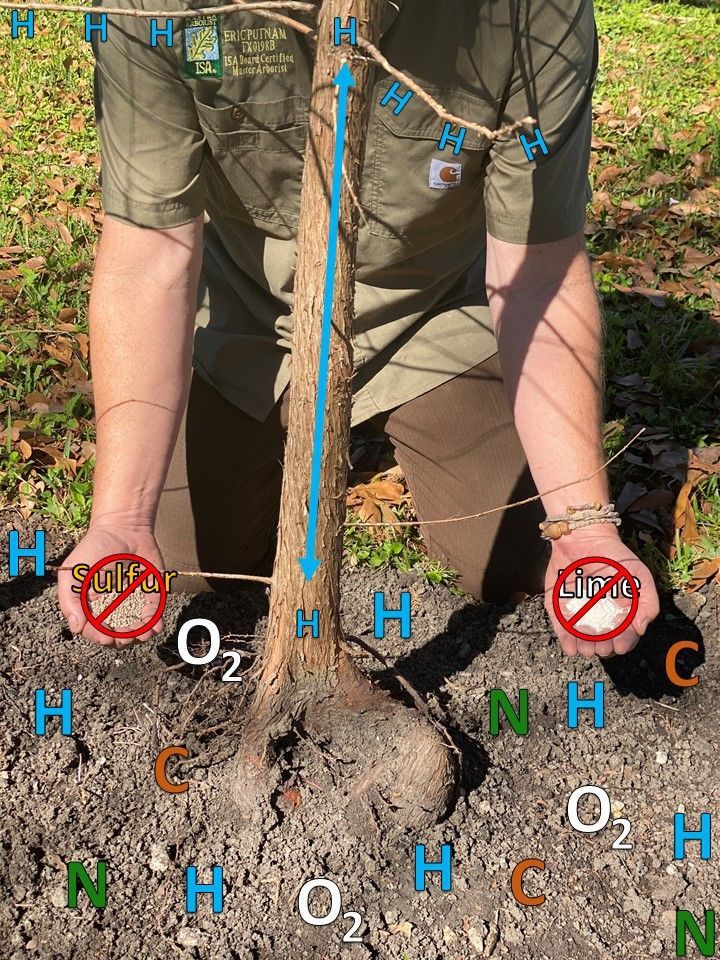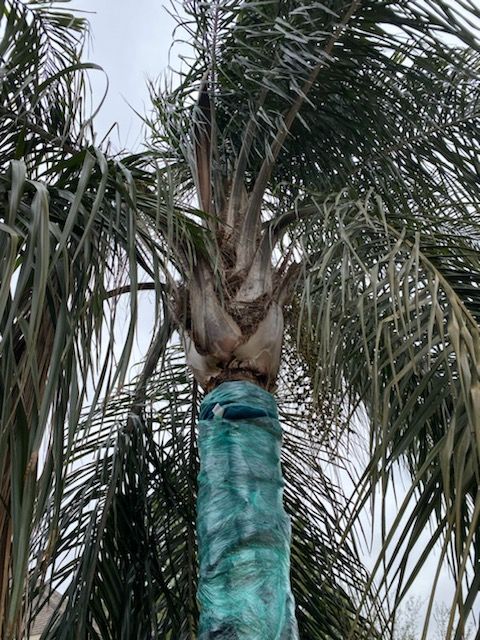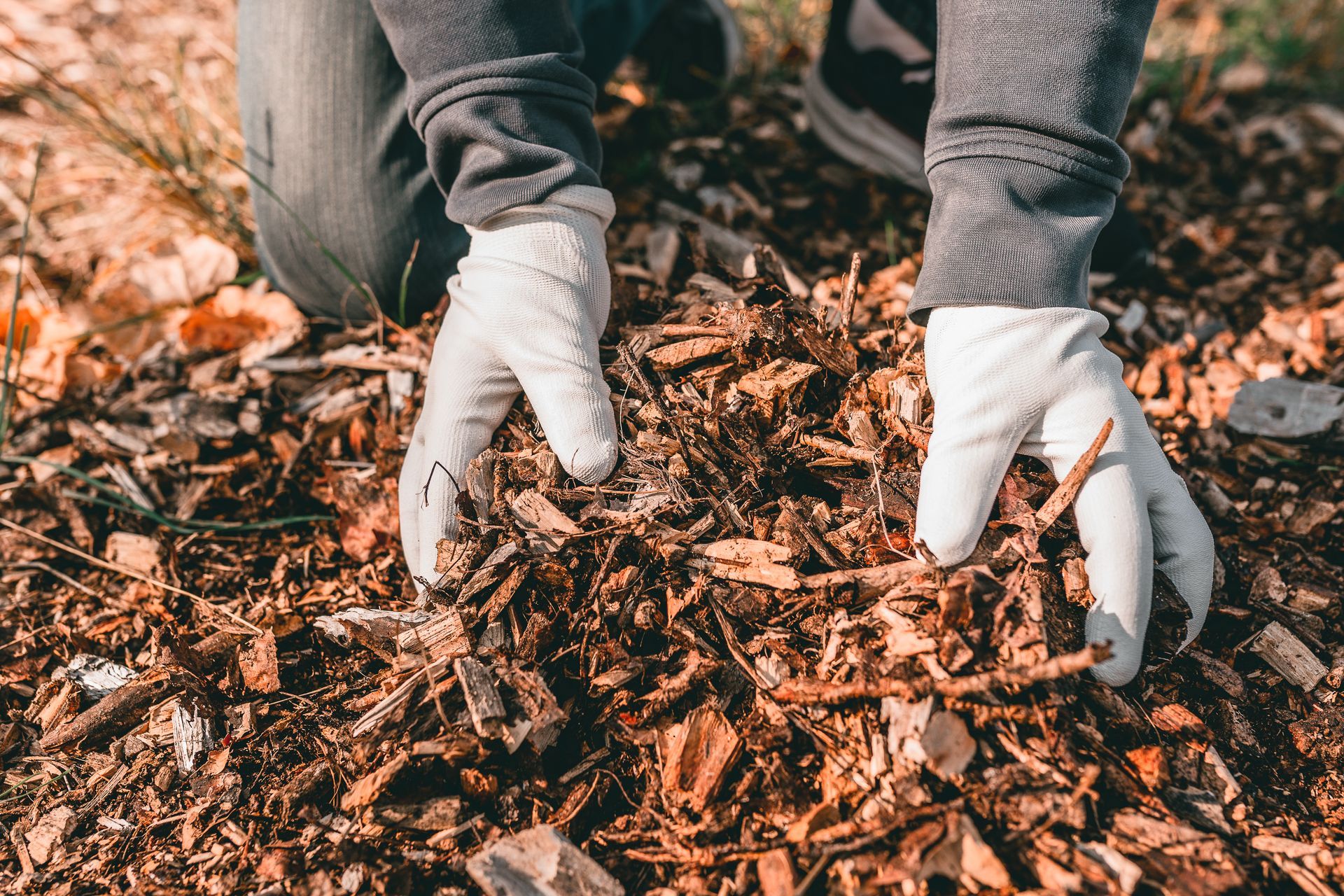Liriope’s Muse: Tree Care Tips from a Master Arborist
TRUSTED TREE CARE SERVICES SINCE 1993
Why Soil pH is Out of Your Hands
An introduction to soil pH
Soil pH in a landscaping setting is often misunderstood by landscapers, gardeners, arborists, and novices alike. This could be due to the limited availability of science-based landscaping information. Most relevant information comes in as recycled science from the farming industry where more money is available for scientific research. The lack of money invested in the study of landscape science forces a connection between the farming and landscaping industries. And much like the situation in Cinderella with all those people trying to fit her show…it’s not gonna work!
The most important piece of information that often gets lost in translation is that established plants produce and adjust their own pH levels regardless of parent soil pH. Because farmers grow different crops on the same fields and these are annuals, soil pH actually matters. This is because the crops won’t be in the soil long enough to effect change before they are switched out for new crops requiring a different pH level. If any one of these crops stayed for an extended period of time, they would need to adjust their own pH levels. In short, plants do not need soil pH adjusted for optimum growth. Measured readings of pH levels are not necessarily accurate to what the plant creates for itself. This can mislead the gardener, landscaper, or arborist thinking that the pH is off when in fact, according to the plant, the pH is perfect.
Is soil pH an exact science?
Soil science relating to pH levels is typically an exact science except for where it pertains to plants in an established landscape setting. This includes gardens and established wooded areas. While measuring soil pH is one thing, being able to change pH levels on a more or less permanent basis to an established planting of any kind without causing physiological damage to the plant is another. In any case, the soil buffering capacity will prevent any long-lasting change to pH levels, but your plant will forever be changed by the treatment.
The problem occurs when science tries to group soil technology, farming, and landscaping into one box. Nearly everything science has to offer a gardener, landscaper, or arborist comes from studies done to the farming industry even though these two are only slightly related. The biggest difference is that farmers rarely deal with established plants. Farmers will measure the field pH levels to determine what is needed for their crops to be grown and the soil pH is successfully adjusted. It is impossible to change the pH of the soil where the existing plant has influence over the pH levels without causing physiological damages to the plant.
Where is soil pH most important?
The soil-root interface is where the pH is the most important; however, this is also where it is hardest to measure. The average gardener cannot measure pH at the soil-root interface. The pH changes with the order magnitude as you move away from the soil-root interface, so the soil you measure for pH does not in fact represent the pH at the soil-root interface. This means that the pH readings you get will be largely inaccurate, thus leading you to false conclusions about the condition of your plant.
The interface between the soil and the root.
At the soil-root interface, the proton pumps exude and absorb hydrogen. This area is very sensitive to disruptions and disorders. Some of these disruptions can include artificially changing the pH levels in the soil, soil compaction, herbicide injury, alcohol poisoning from anaerobic conditions caused by standing water, and more.

Links Used
https://www.cannagardening.com/introduction_ph
https://phys.org/news/2013-04-blueprint-cheap-hydrogen-production.html
https://www.sciencedirect.com/science/article/abs/pii/S1389556710000390
https://www.energy.gov/eere/fuelcells/hydrogen-production-electrolysis
https://www.besgroups.com/electrolytic-hydrogen-generator/
https://newatlas.com/energy/artificial-leaf-hydrogen-fuel/
https://www.biologycorner.com/worksheets/acids_bases_coloring.html
https://cdnsciencepub.com/doi/abs/10.1139/b74-133?journalCode=cjb1
https://www.ncbi.nlm.nih.gov/pmc/articles/PMC438054/
https://chemistry.stackexchange.com/questions/37053/what-is-difference-between-h%e2%81%ba-and-proton





